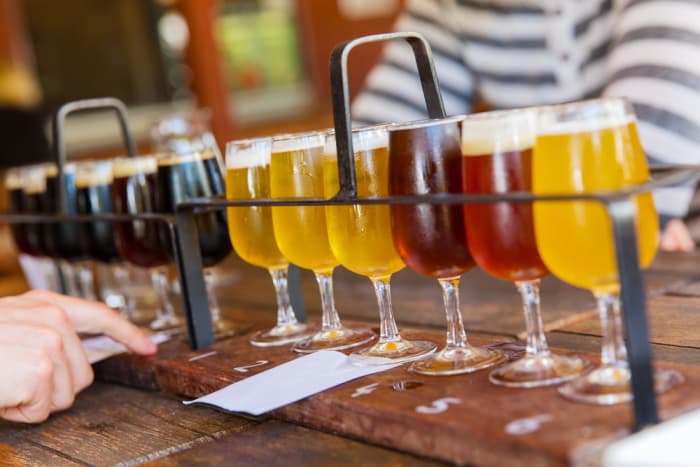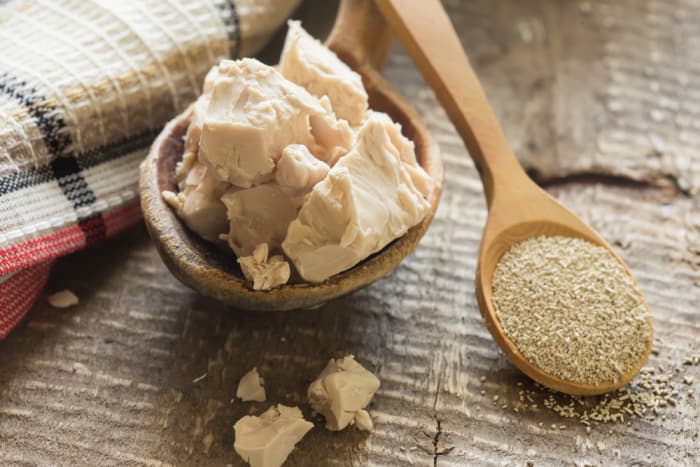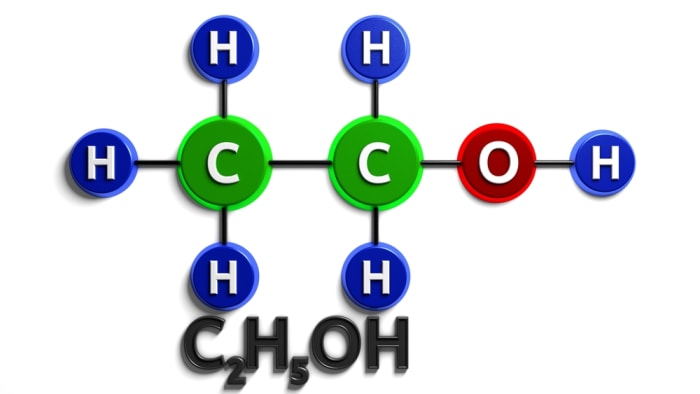What goes into beer
That's why it has this taste
As we know, beer is one of the oldest alcoholic drinks, which was known in the Neolithic era. Some believe that people began growing grain not to make bread, but to brew beer. Scientists have found the rudiments of beer culture among the Sumerians, in Iran, and also in Ancient Egypt. Some sources state that the Egyptians often gave children beer at school, as they considered it to be a healthy drink. Nowadays, this drink is very popular. There are different types of beer: dark, light, craft, unfiltered, with different alcohol contents etc.

The main secret of delicious beer is hops, and its taste qualities depend on the ground in which the plant grows. Popular types of this drink are made in the Czech Republic and Germany. In the Czech Republic, the climate for growing hops is very suitable – continental-oceanic. The soil of this country contains a lot of iron, which makes it possible to grow Saaz hops, which have a pleasant and mild taste of sweet malt with a bitter aftertaste. The beers of Germany are famous for their traditions, and brewers try to preserve old recipes of wheat beer, which also has a pleasant taste. This article will help you to find out about this popular drink.
Let’s see what beer is made of
In Bavaria in the 16th century, the principles of making this drink were established, according to which beer was made with three ingredients: pure water, barley and hops. But the problem of this recipe was that it took too long to make. Later, in the 19th century, Louis Pasteur, the renowned chemist and biologist, discovered that you should add yeast to the mixture, which would accelerate the chemical process of fermentation.

Pasteur’s method of adding yeast in the manufacture of beer is used to this day, as this improves the technological process.
In most cases, beer is made up of six components, which are
- water;
- ethyl alcohol;
- yeast;
- hops;
- malt;
- sugar.
The basis of beer is water, and a lot of it is used, as the water content of beer is more than 90%. So the water should be of high quality, with a large degree of filtration. The hardness or softness of water influences the technology of making this drink in general. Water is hard if it contains a large concentration of calcium, magnesium, and iron salts. Here you’ll find out how to detect and demote (if needed) the water hardness at home.
In using soft water, beer of light types is made, and when the drink is made with hard water, fried hops are added, and thus dark beer is made. You can prepare the alcoholic drink at home and observe the chemical process which takes place during the brewing process.
The chemical composition of beer
Beer is a natural drink containing alcohol, the chemical components of which form through the natural fermentation of the mixture. The main component of beer is ordinary ethyl alcohol, a monoatomic alcohol with the formula C₂H₅OH, which is the main active component of alcoholic beverages.

The alcohol created in fermentation adds calories to the drink. There are also a lot of carbohydrates in beer, 90% of which are dextrins (a polysaccharide obtained from starch). Beer also contains fructose, sucrose, glucose, polysaccharides, pectin, polypeptides, amino acids etc. You also shouldn’t forget that the drink contains vitamins and minerals, but drinking beer every day is not recommended.